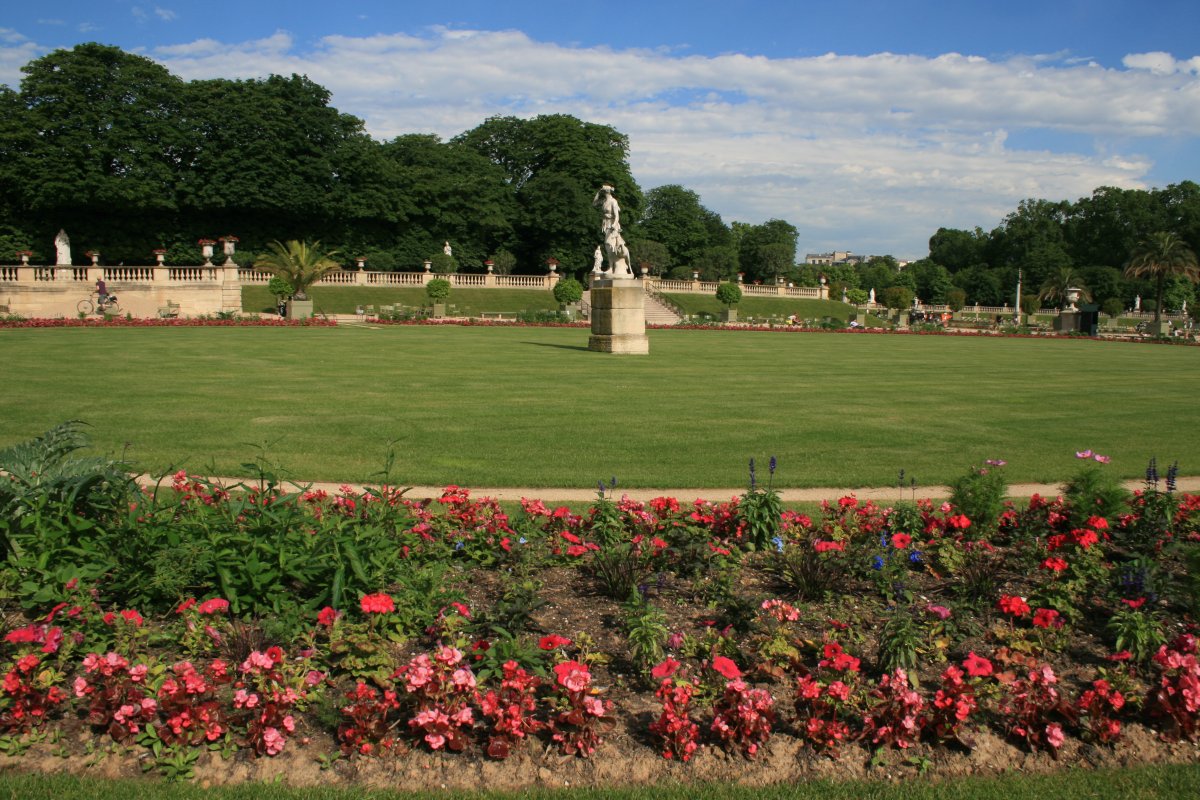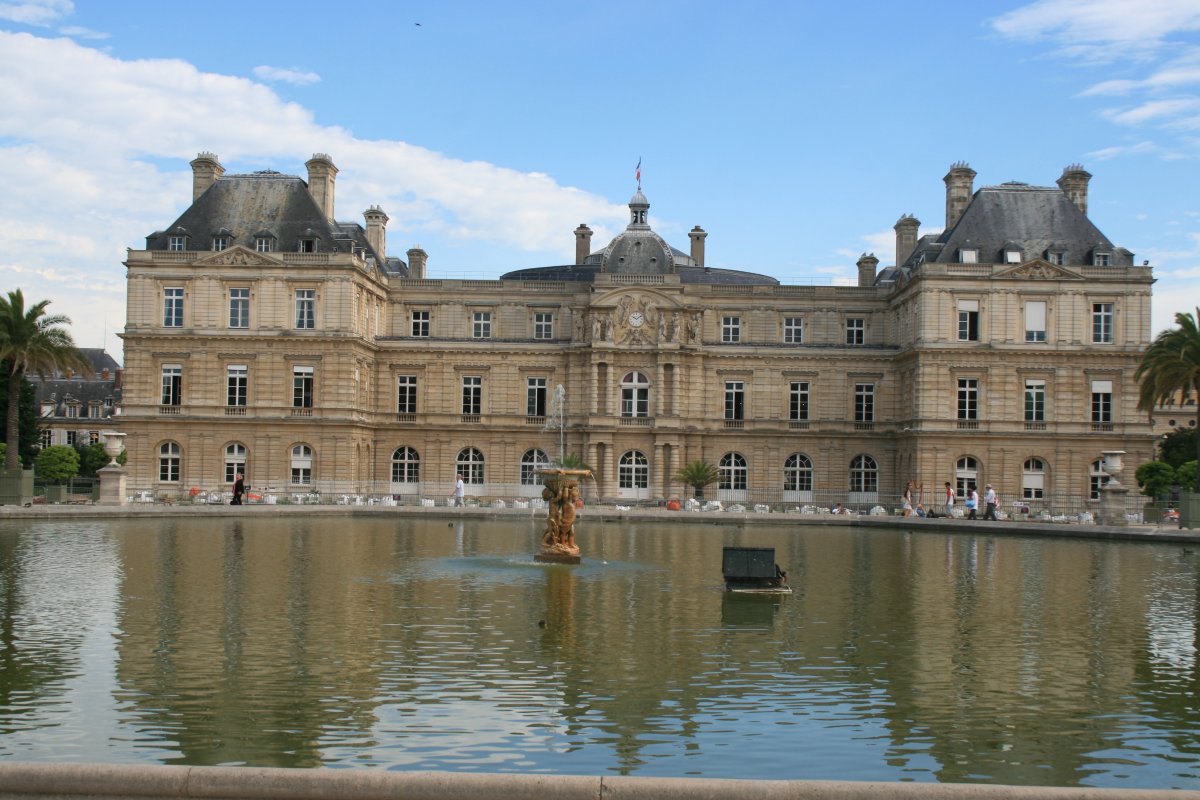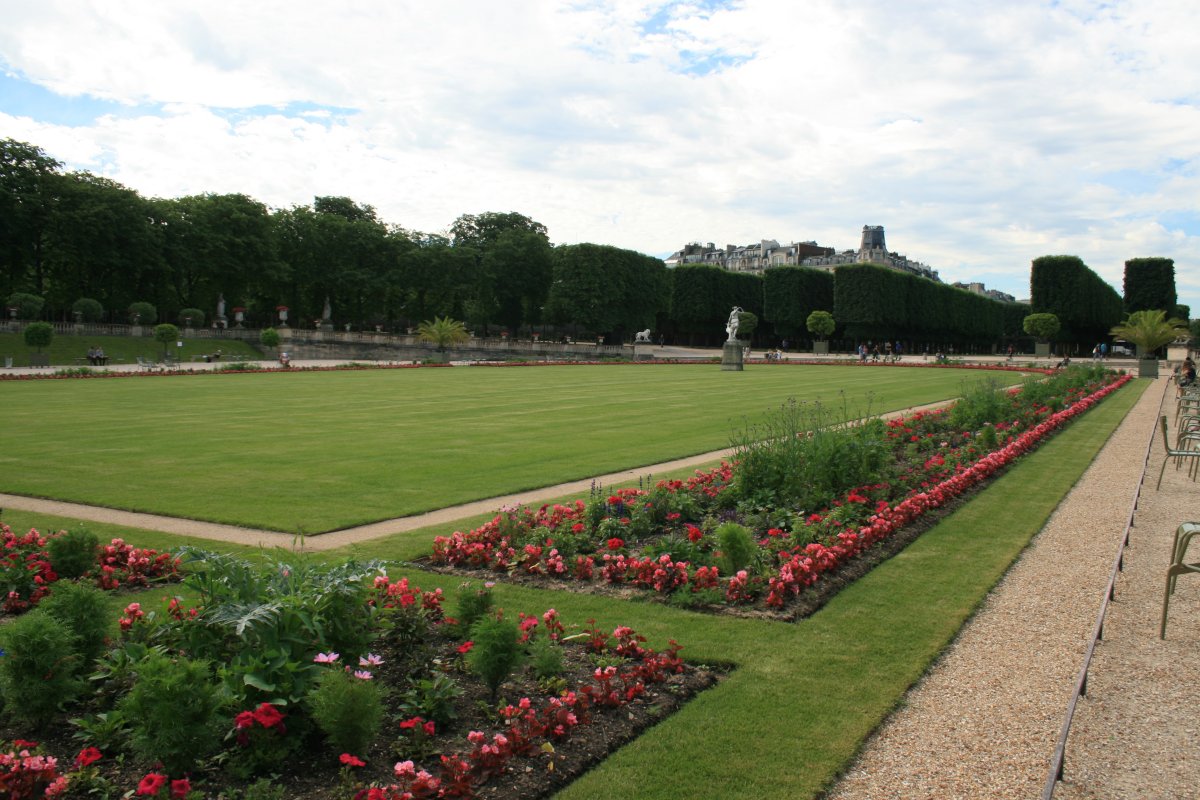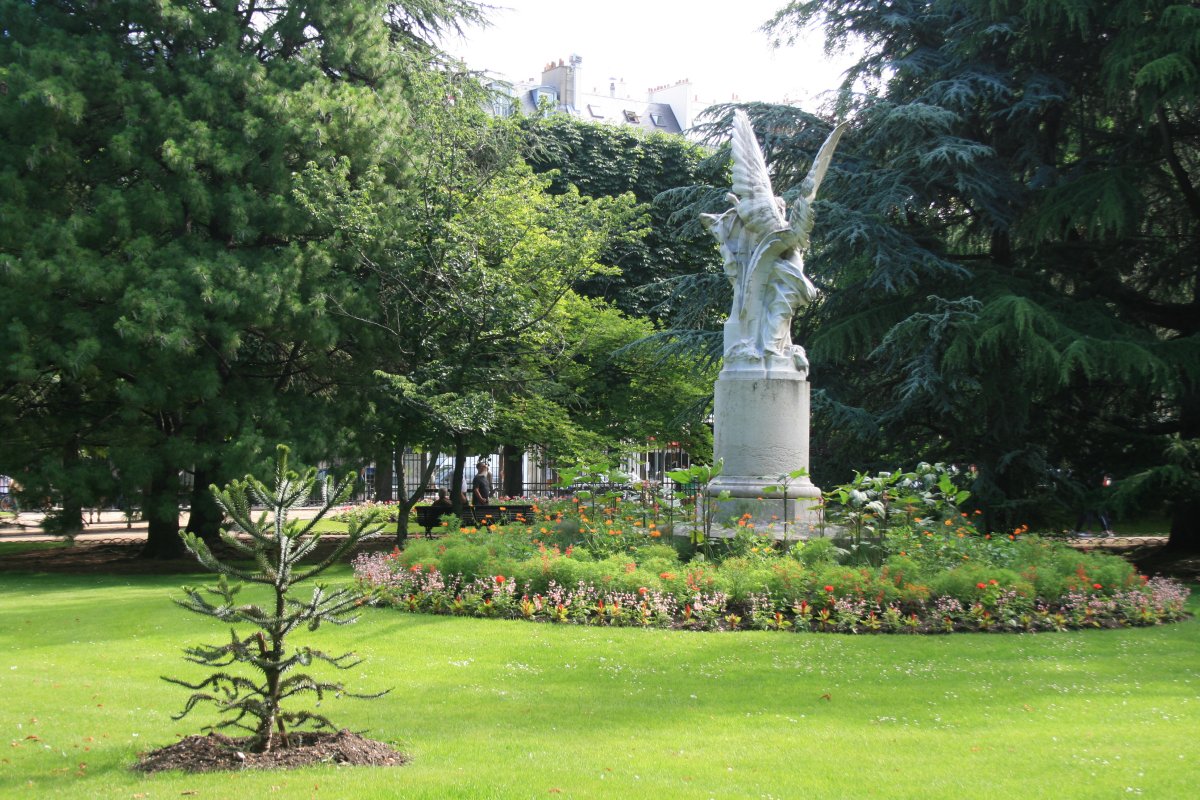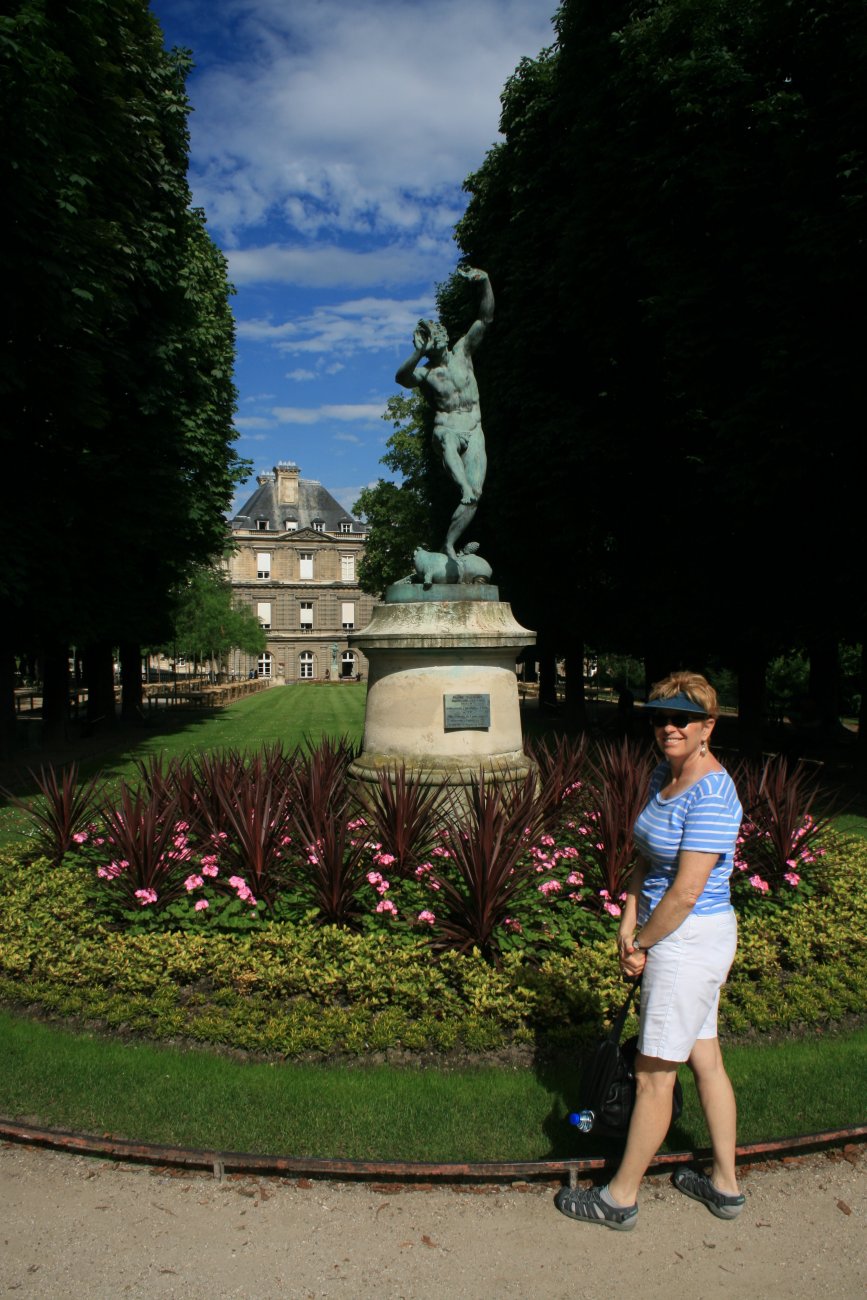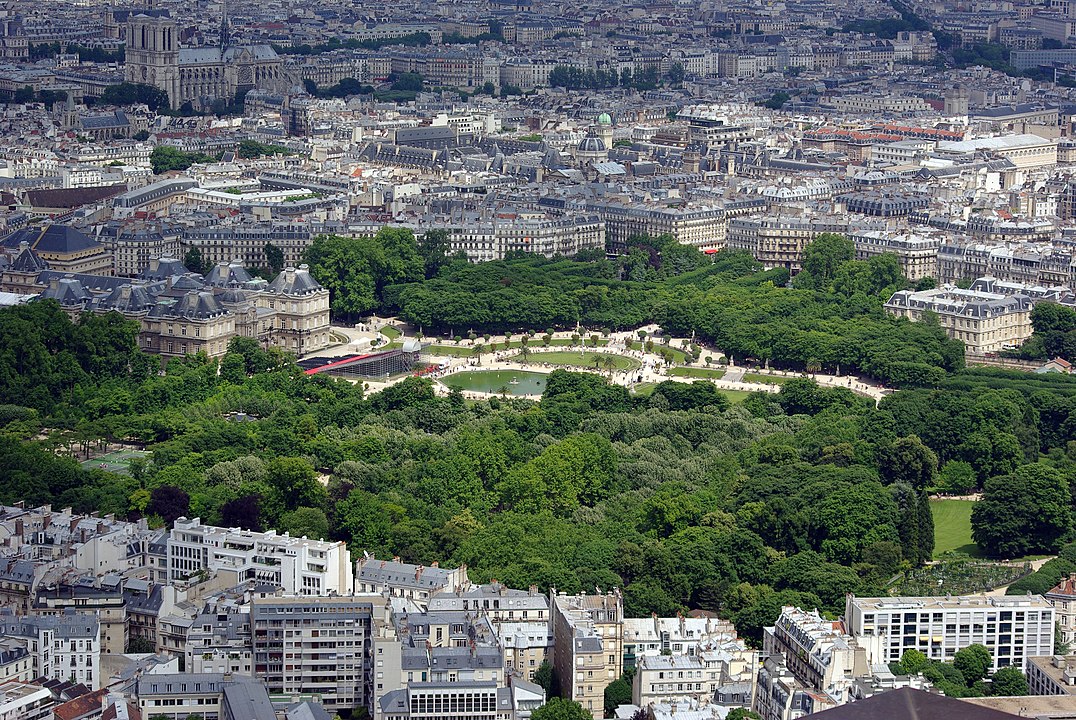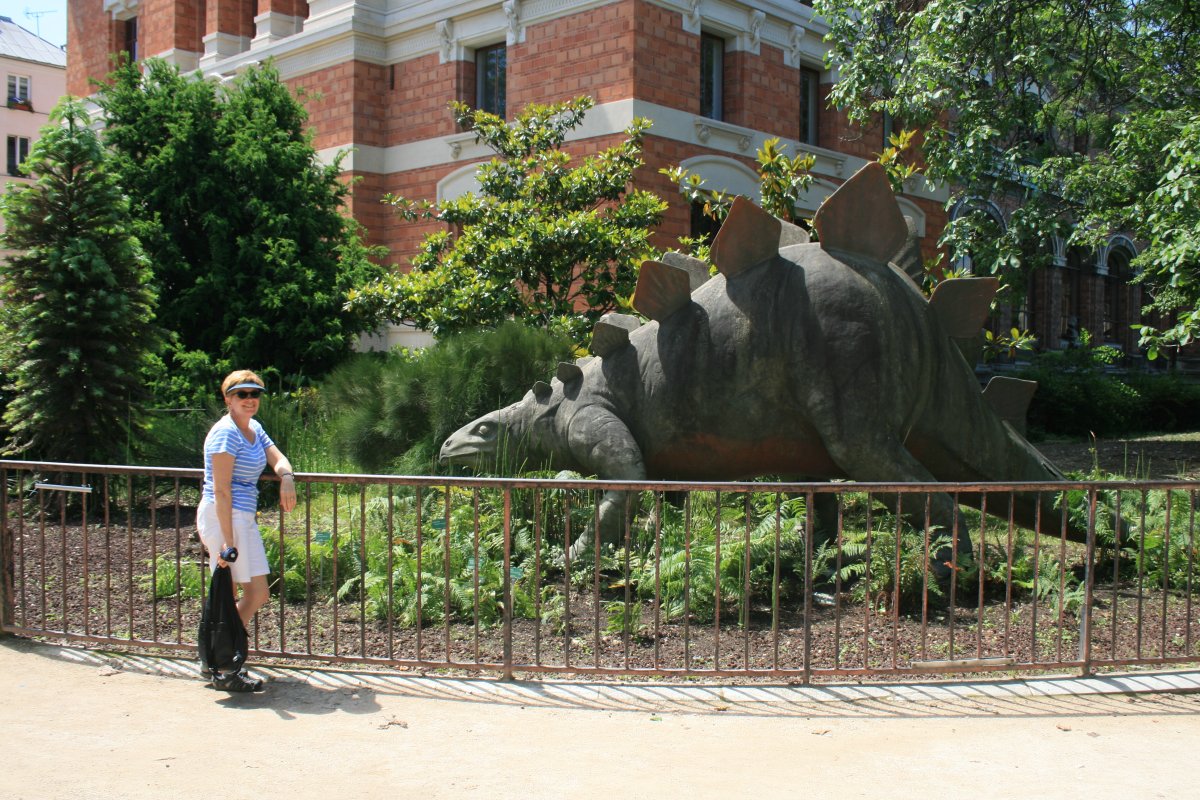France June 2016 - Gardens De Luxembourg
In Paul Johnson's great book "Napoleon" was this quote: "Bonaparte called Ney 'the bravest of the brave,' and anyone who cares to see why should seek out his statue near the rue de l'Observateur in Paris, on which are listed the endless battles where he served with honor."
We did seek out Ney's statue and here it is.
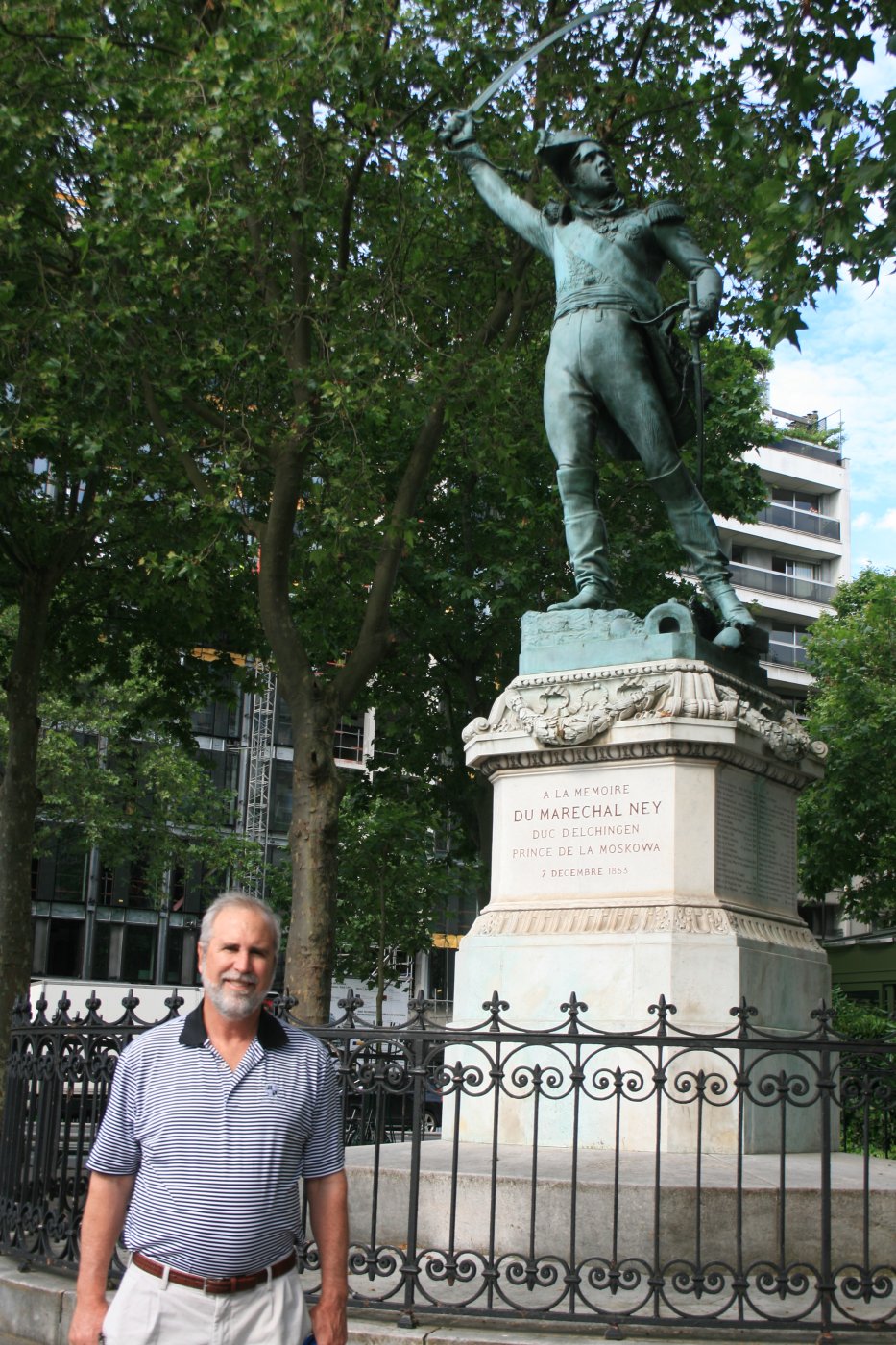
Marshal of the Empire Michael Ney was one of the original 18 Marshals of the Empire created by Napoleon.
The statue was sculpted by François Rude in 1853.
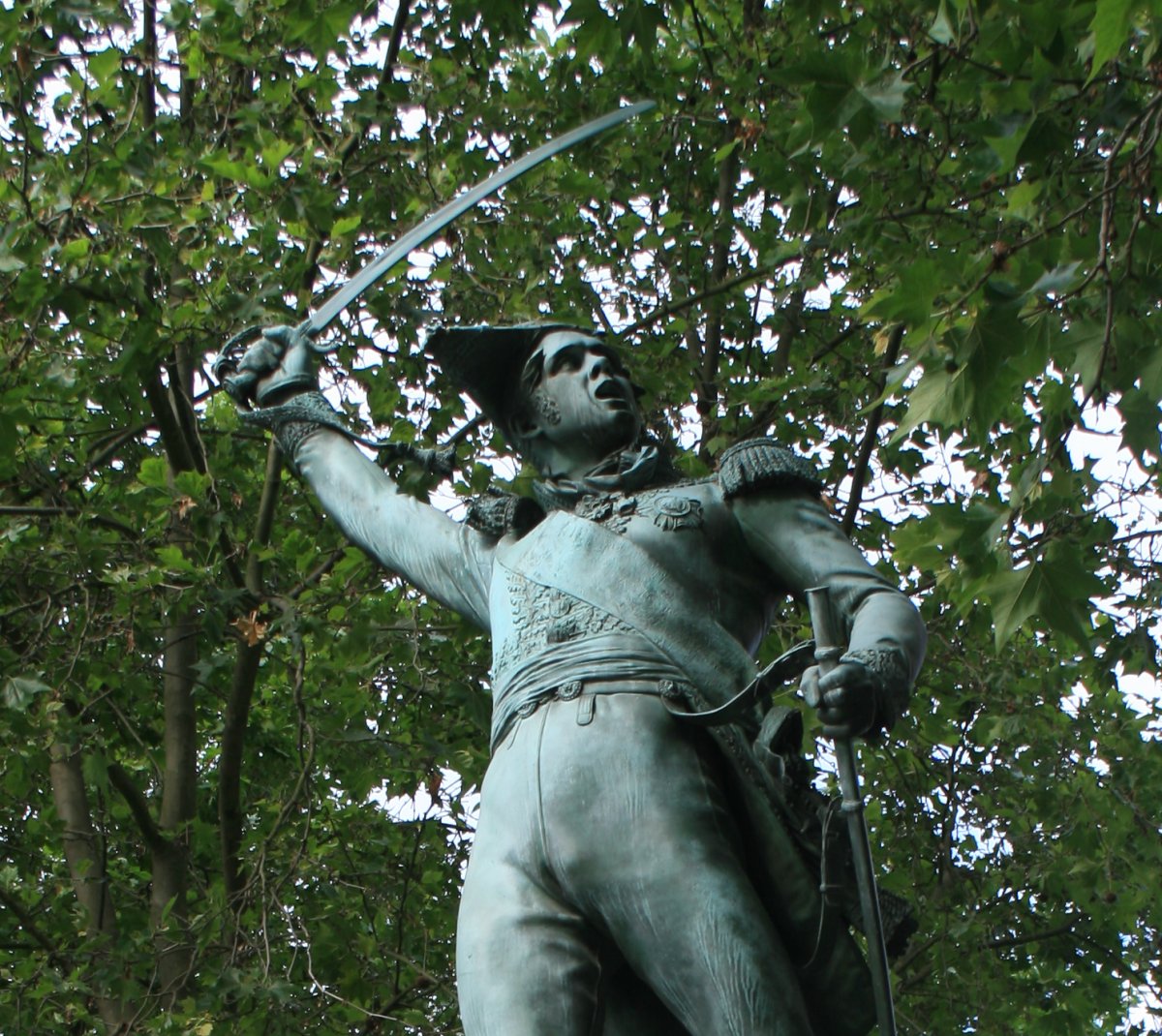
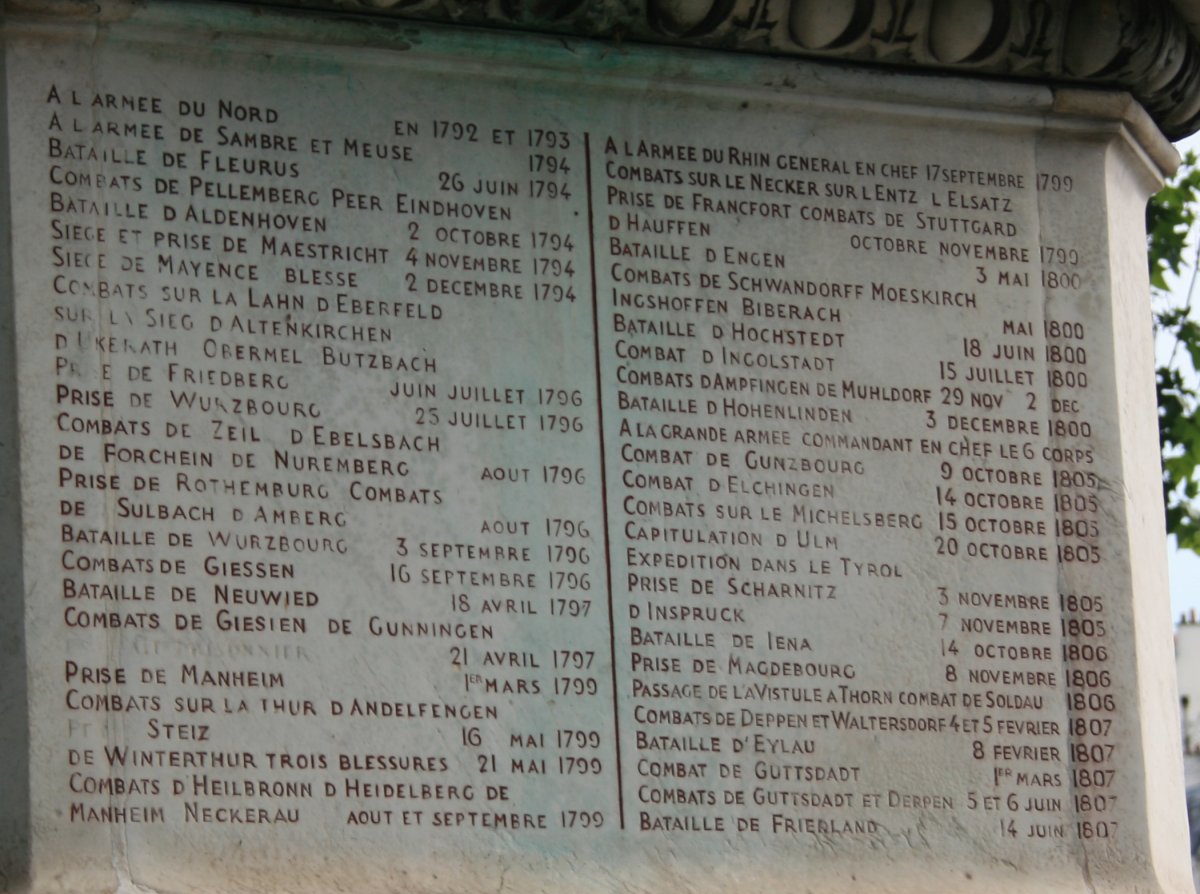
More battles. Waterloo, of course, was the last.

Marshal Ney leading the cavalry charge at Waterloo.
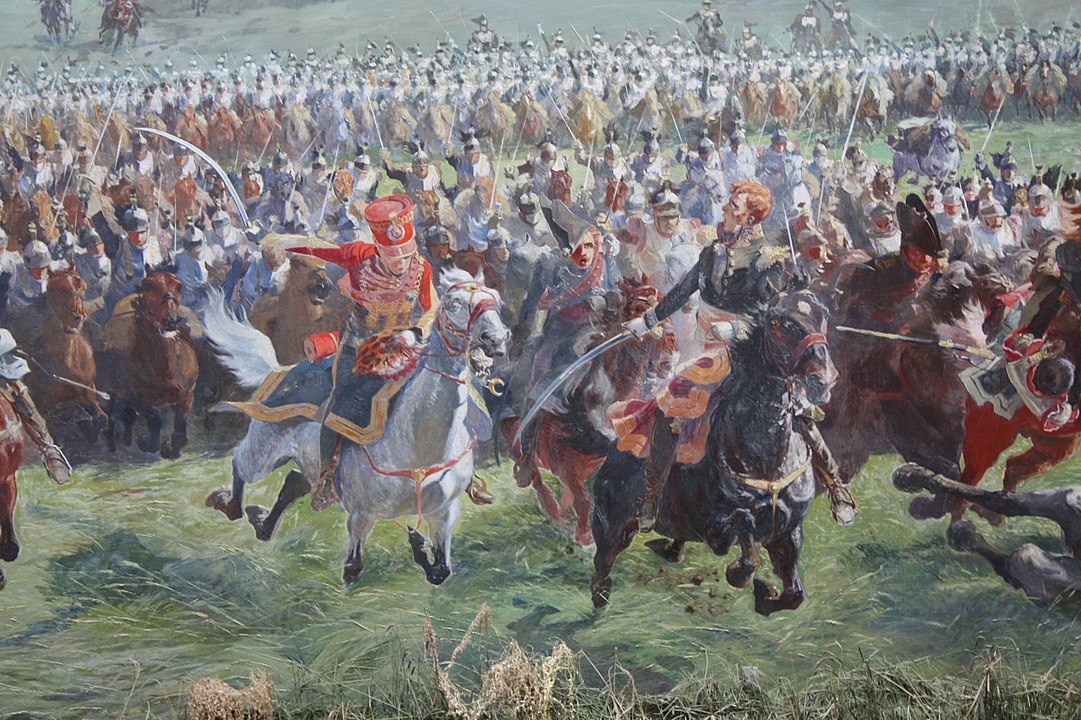
A better picture of Ney.
After Waterloo and Napoleon's exile, Ney was court martialled for treason, and on 7 December 1815 executed by firing squad in Paris near the Luxembourg Garden. He refused to wear a blindfold and was allowed the right to give the order to fire, reportedly saying: Soldiers, when I give the command to fire, fire straight at my heart. Wait for the order. It will be my last to you. I protest against my condemnation. I have fought a hundred battles for France, and not one against her ... Soldiers, fire!
Ney's execution deeply divided the French public. It was an example intended for Napoleon's other marshals and generals, many of whom were eventually exonerated by the Bourbon monarchy. Ney was buried in Paris at Père Lachaise Cemetery.
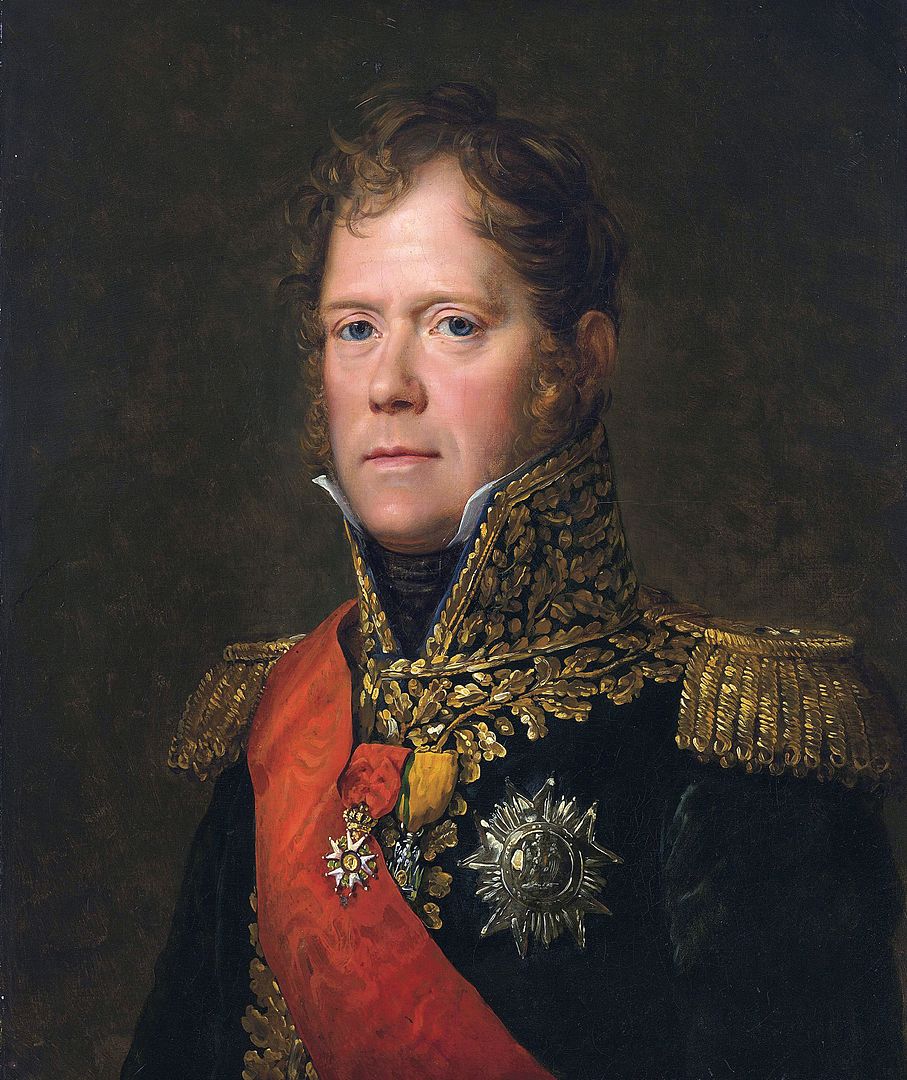

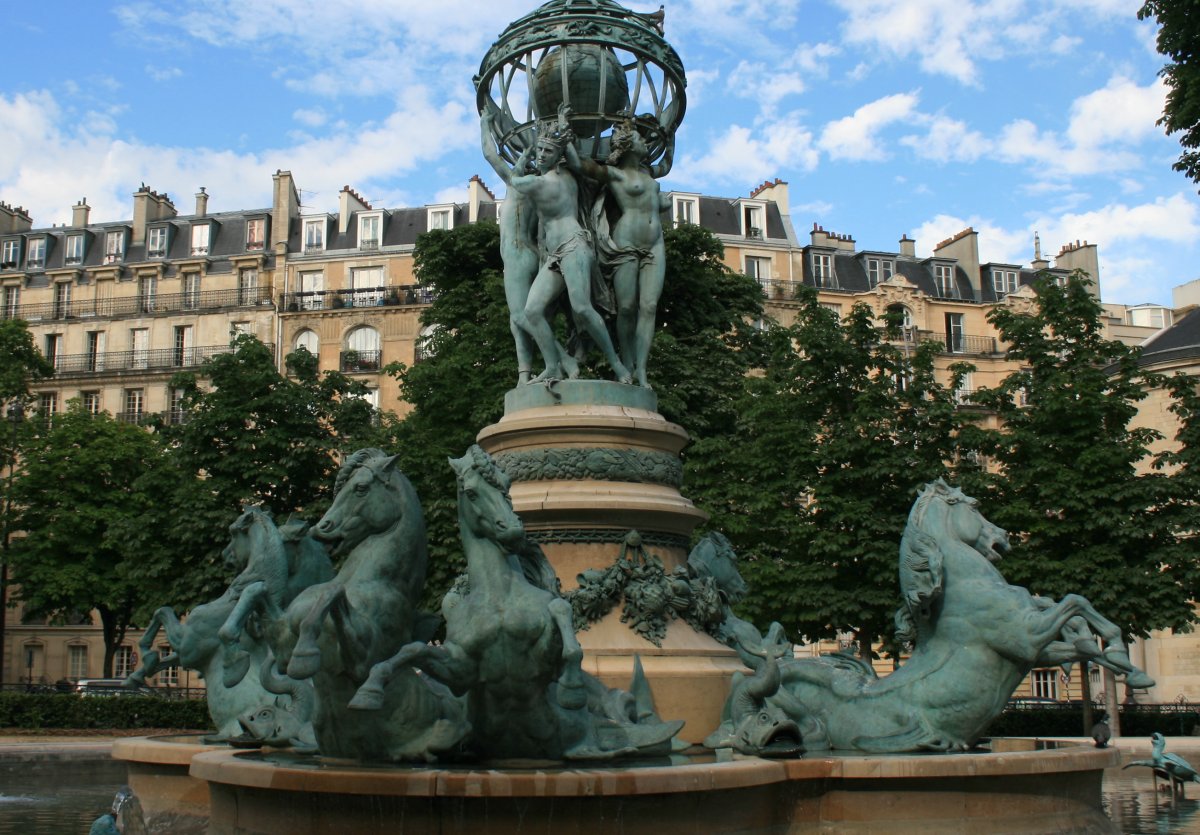
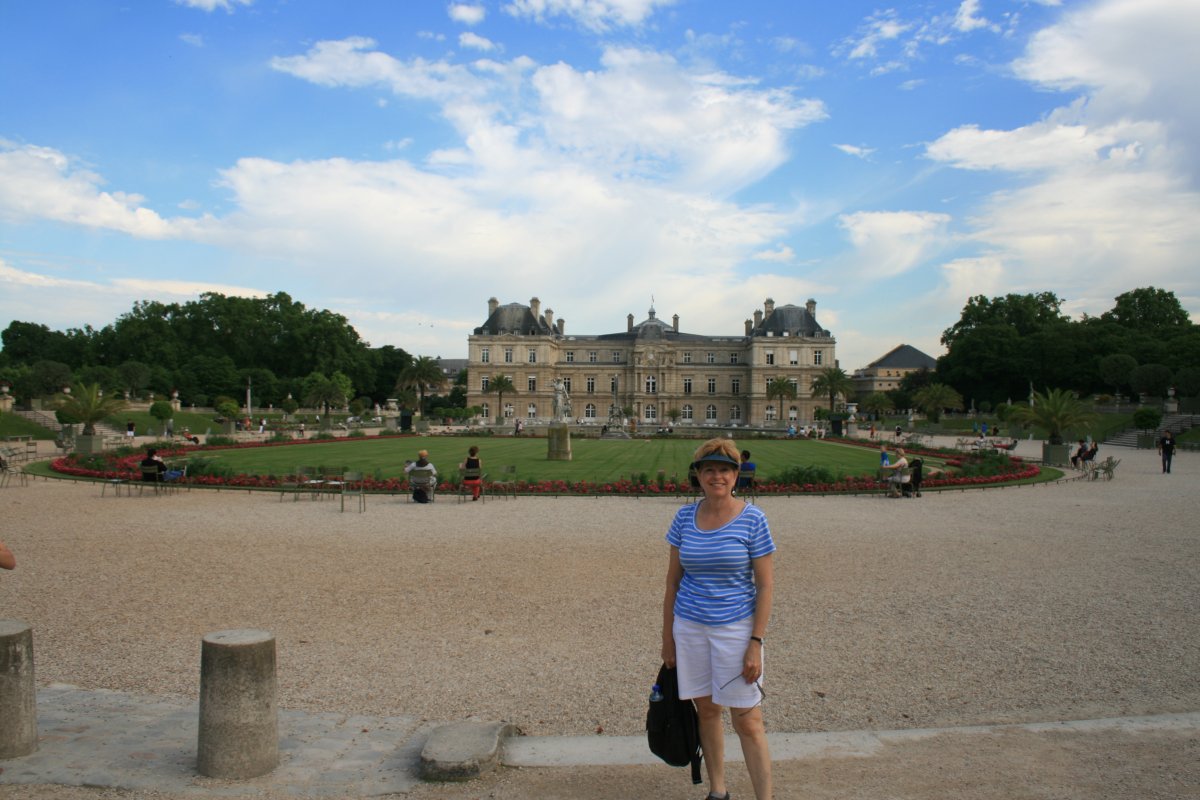
A good look at the front of the Luxembourg Palace.
It was originally built (1615–1645) to the designs of the French architect Salomon de Brosse to be the royal residence of the regent Marie de' Medici, mother of King Louis XIII. After the Revolution it was refashioned (1799–1805) by Jean Chalgrin into a legislative building and subsequently greatly enlarged and remodeled (1835–1856) by Alphonse de Gisors. Since 1958 it has been the seat of the Senate of the Fifth Republic.

It was a very pretty area. Many Parisians were here, just hanging out, and enjoying the nice day.
The picturesque Medici Fountain is out of sight to the right of the Palace. We did not know about it at the time and missed seeing it.
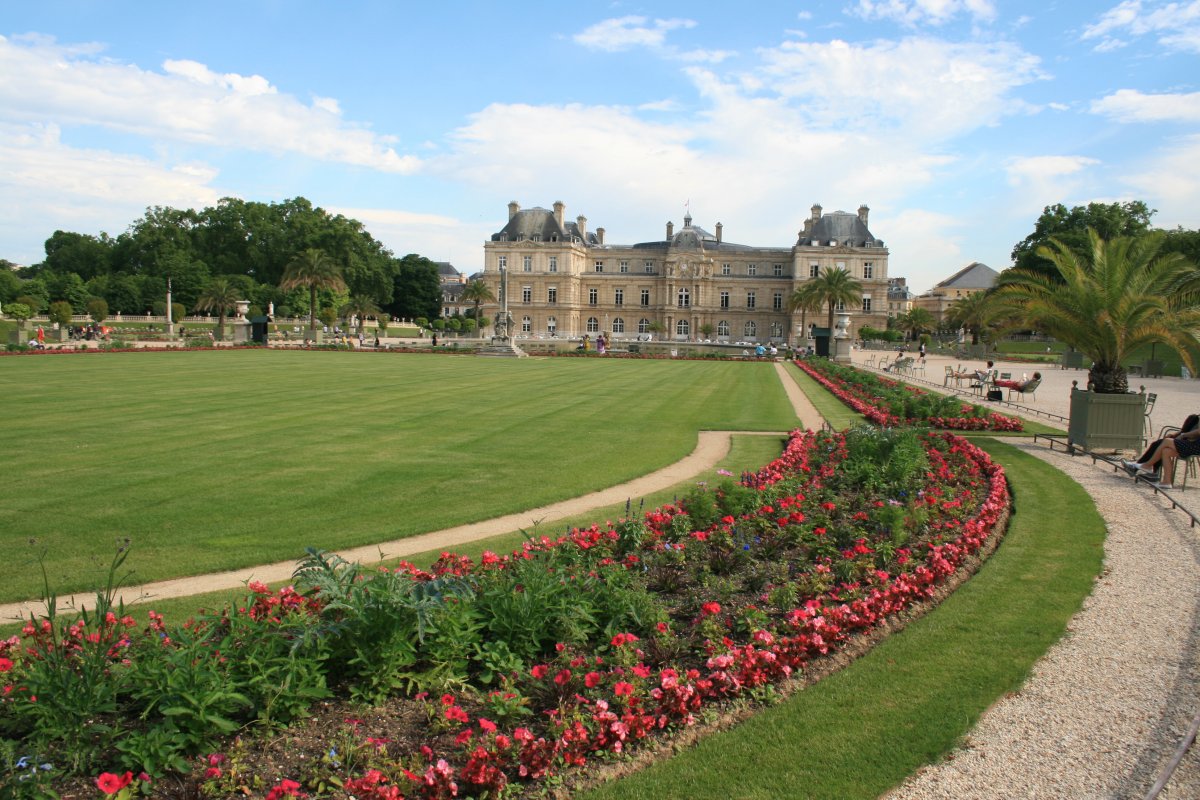
Statues were all over the place.
